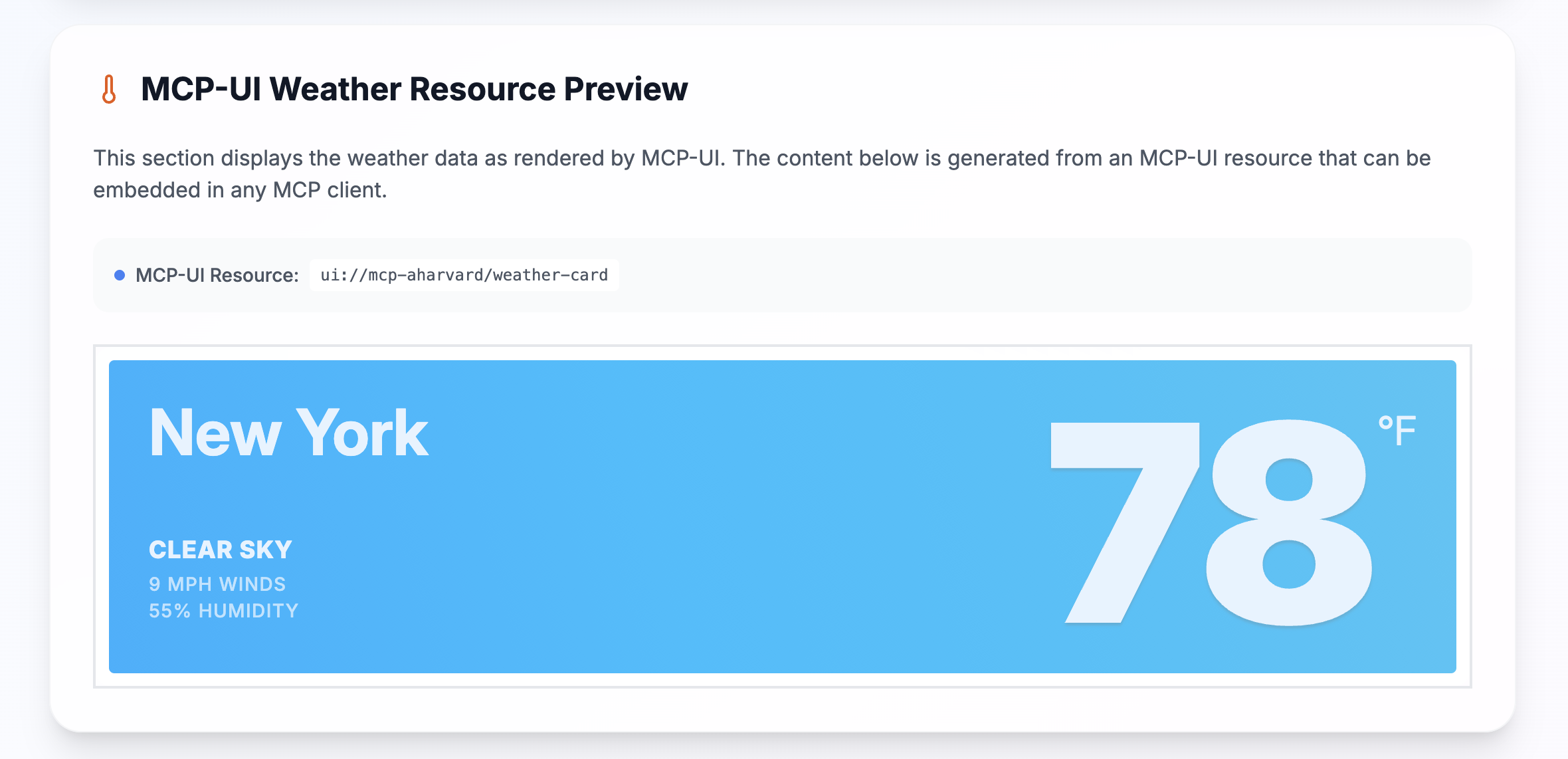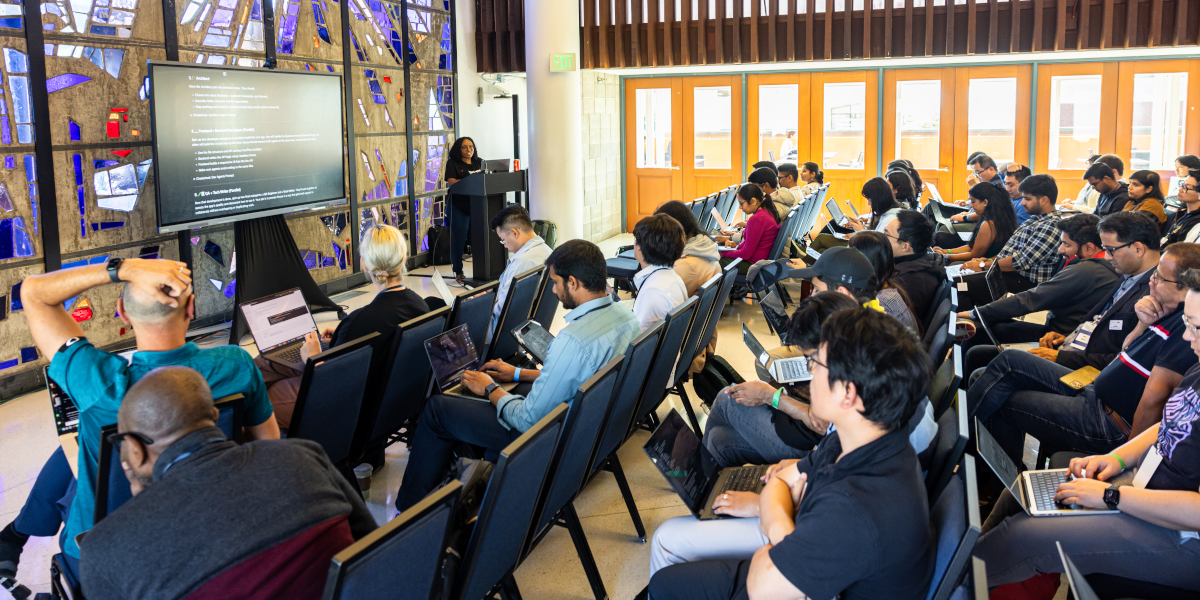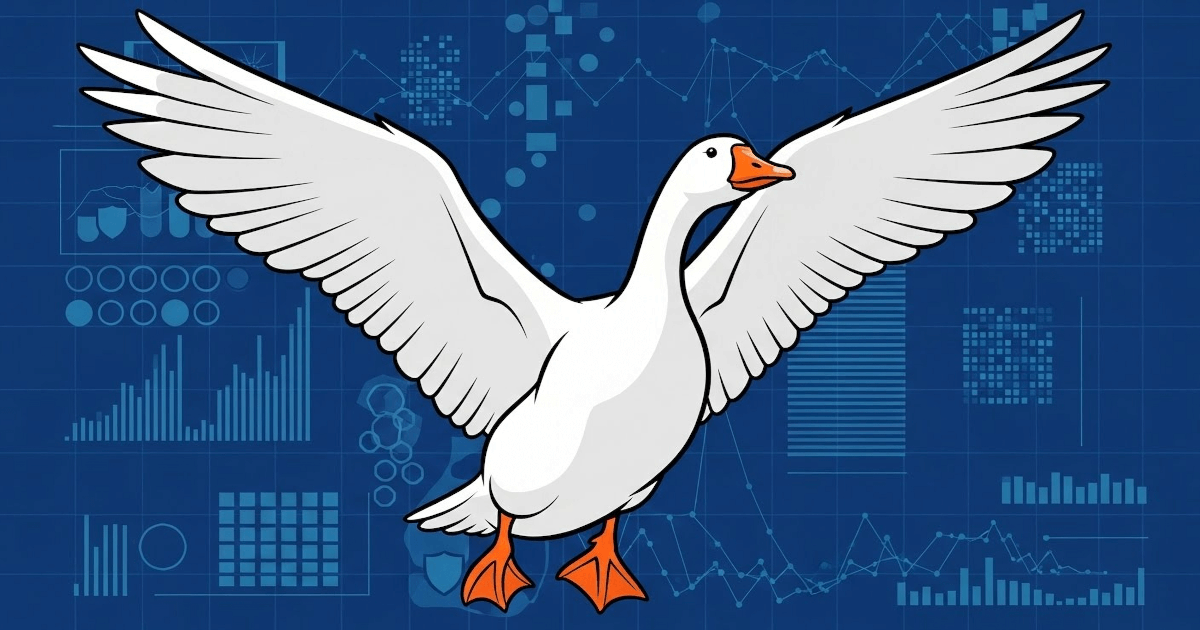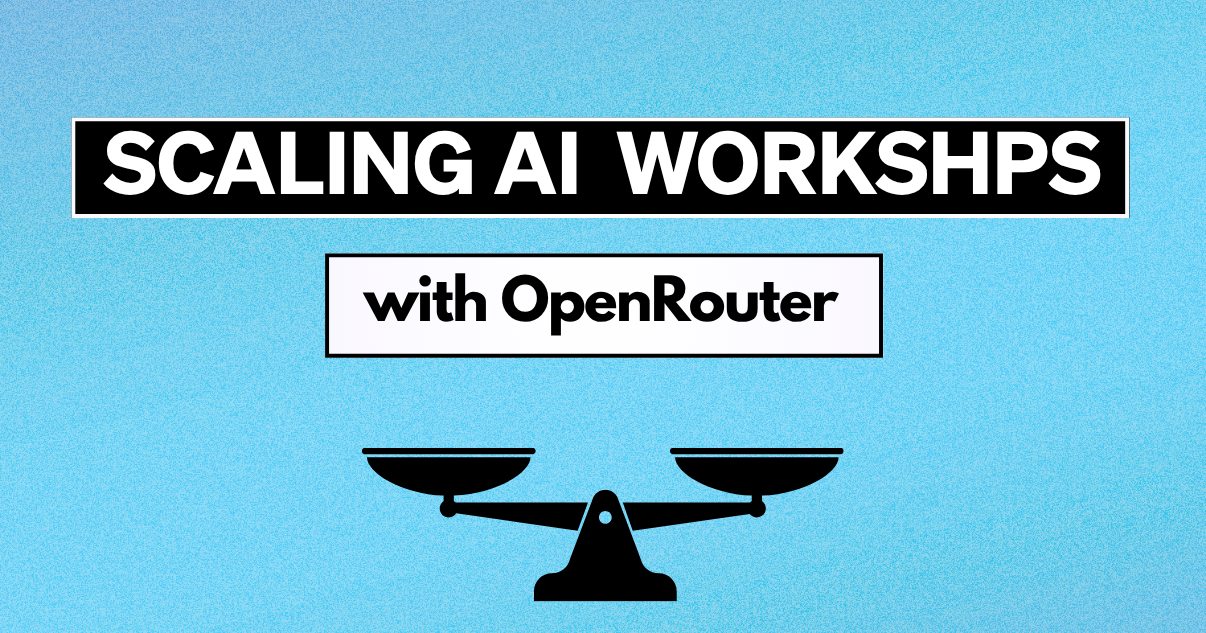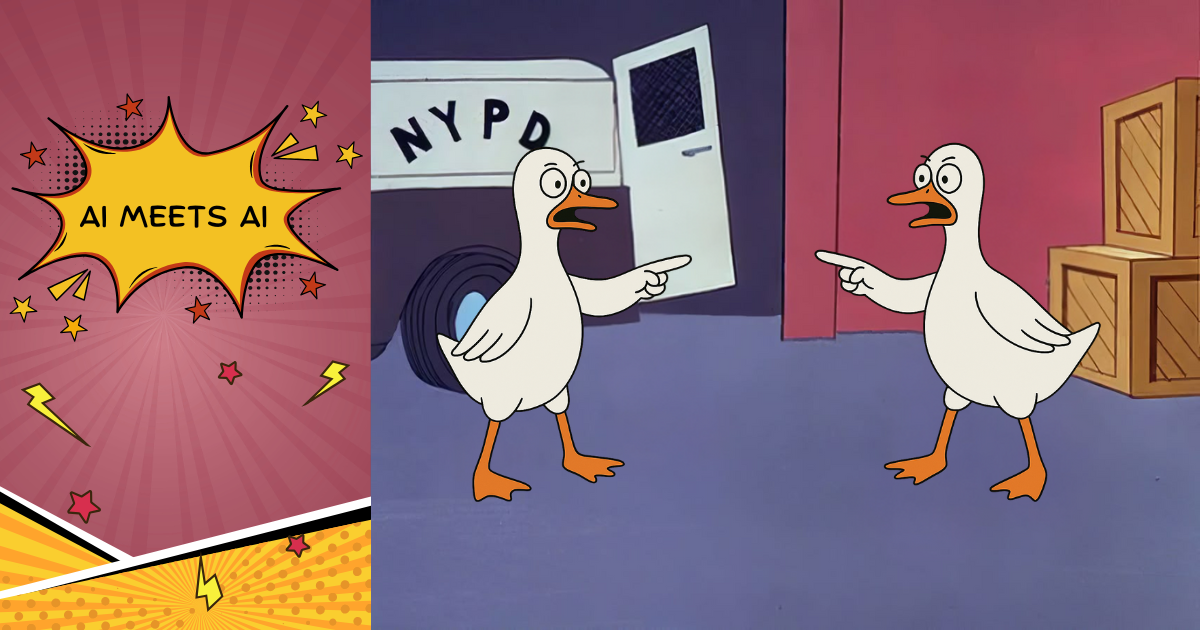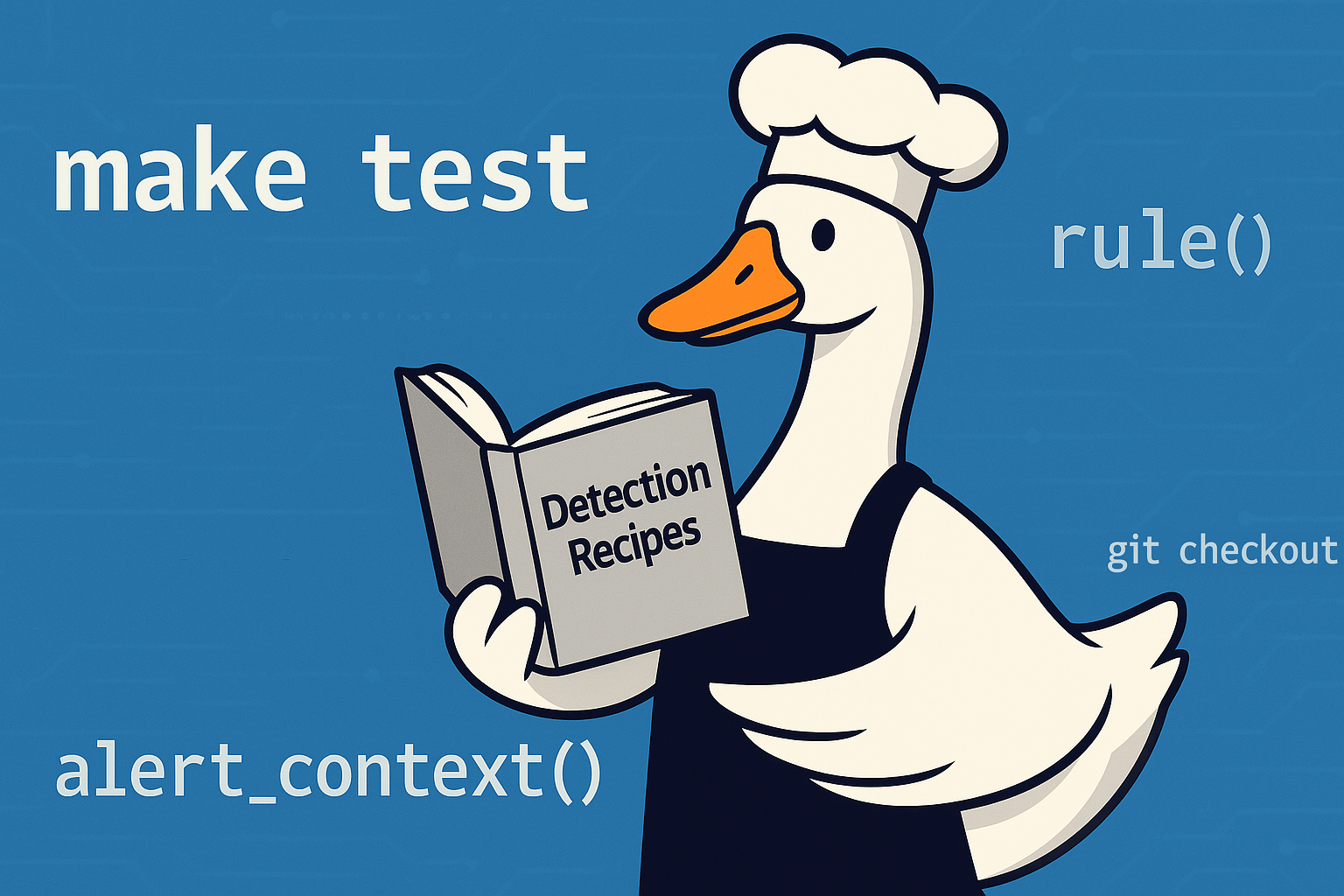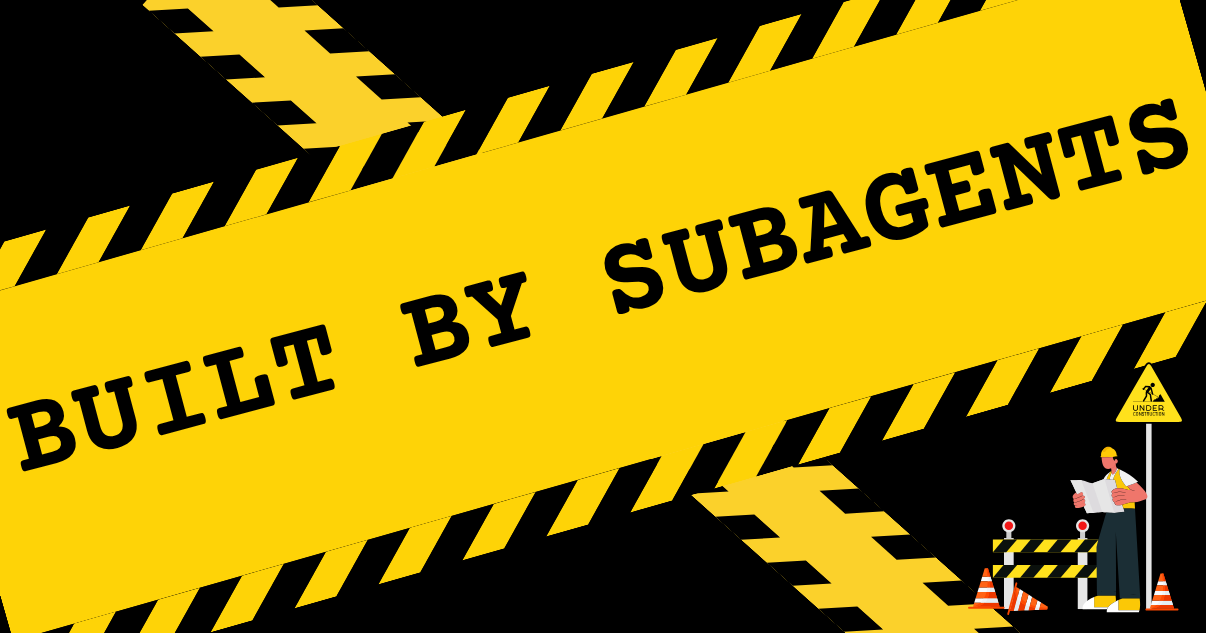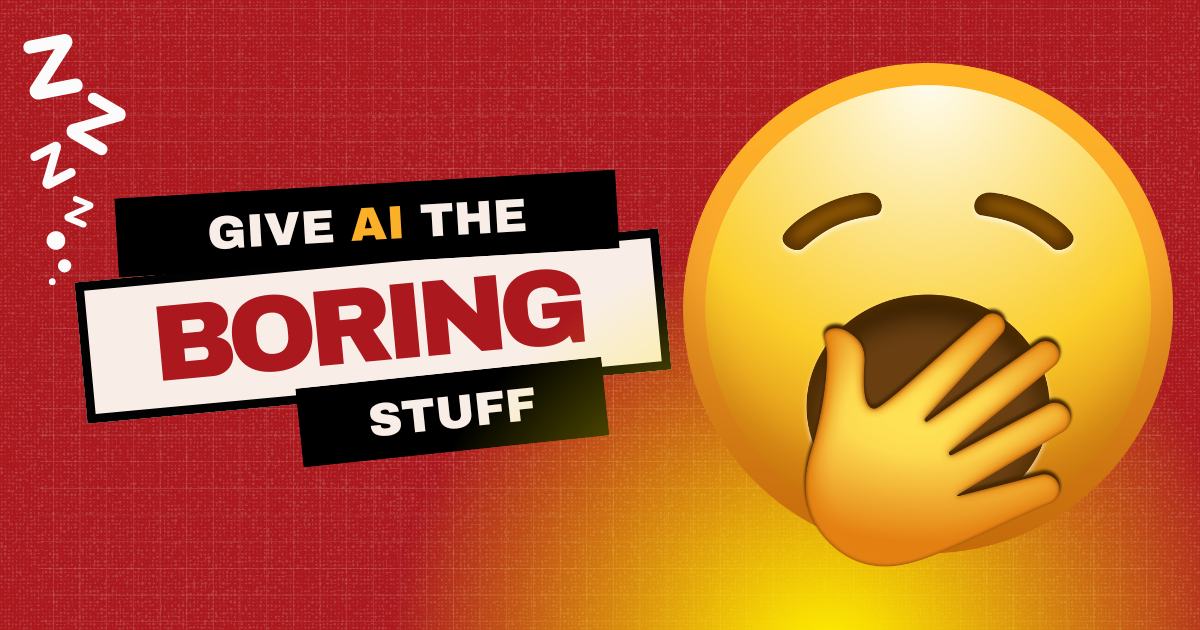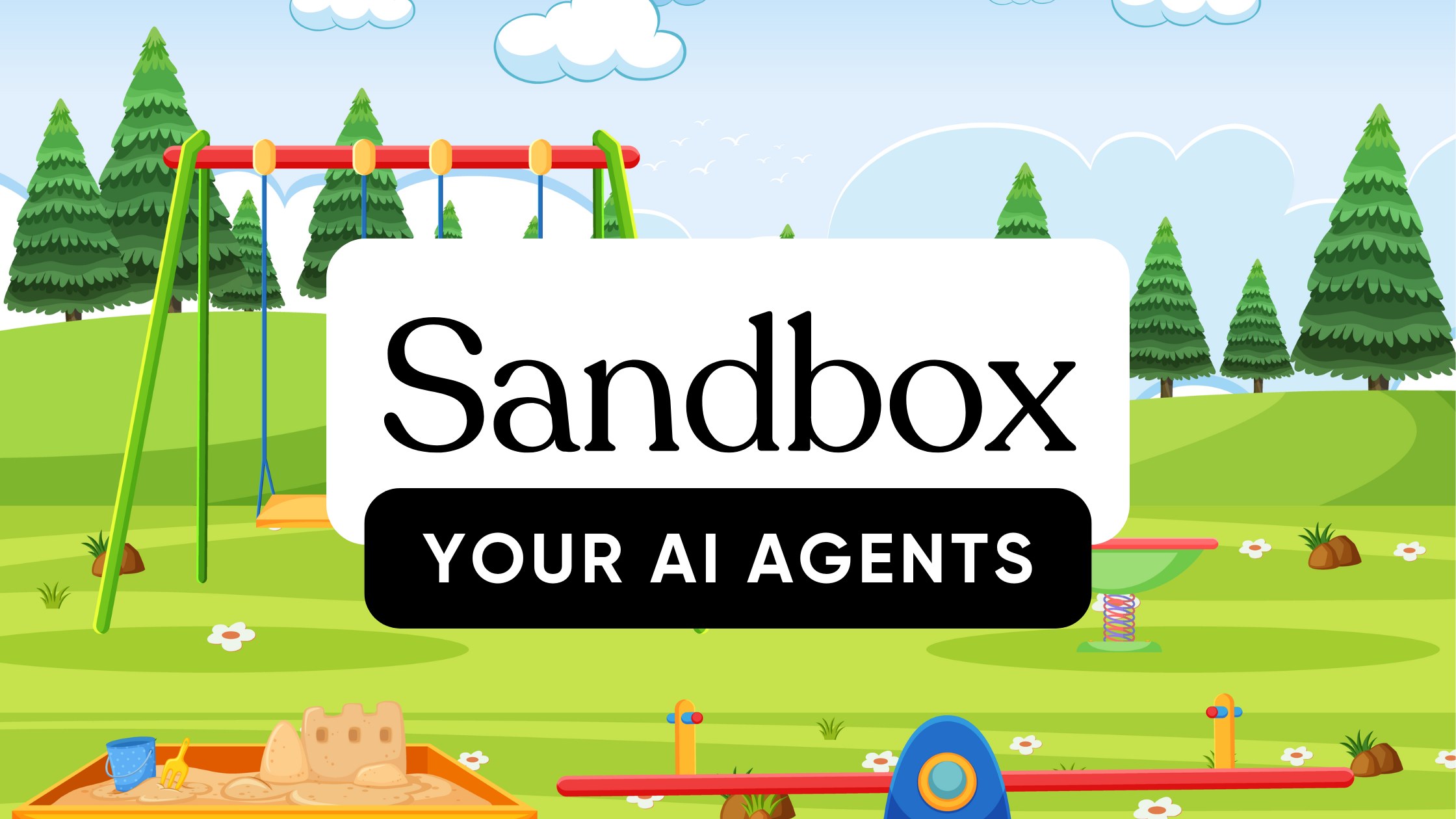LLM Tag Team: Who Plans, Who Executes?
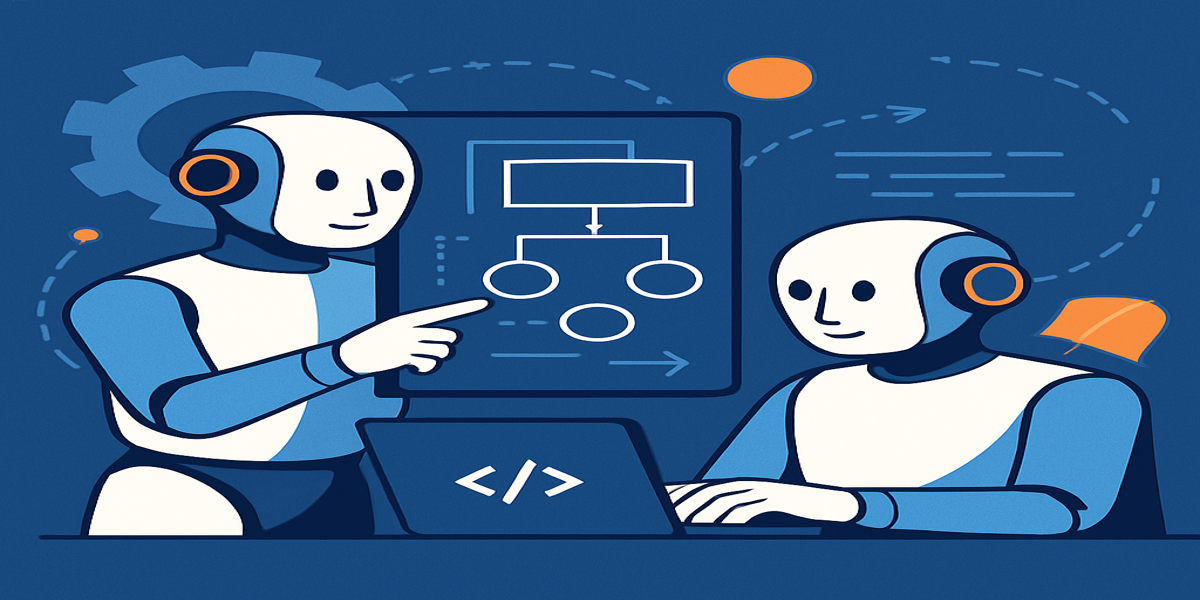
Ever wondered what happens when you let two AI models work together like a tag team? That’s exactly what we tested in our latest livestream—putting Goose’s Lead/Worker model to work on a real project. Spoiler: it’s actually pretty great.
The Lead/Worker model is one of those features that sounds simple on paper but delivers some amazing benefits in practice. Think of it like having a project manager and a developer working in perfect harmony - one does the strategic thinking, the other gets their hands dirty with the actual implementation.
